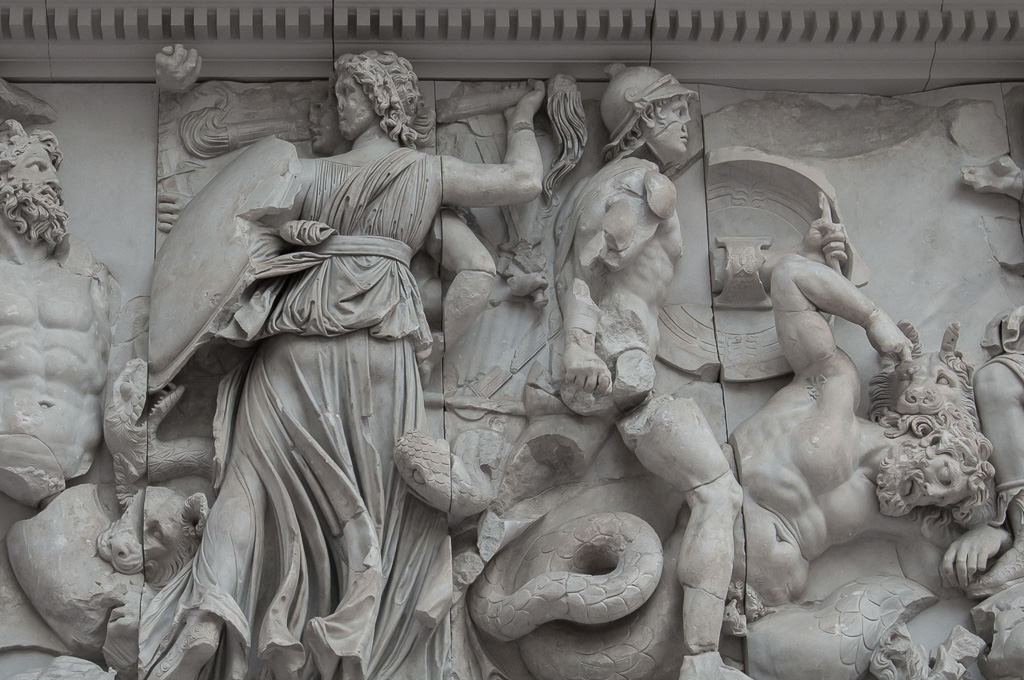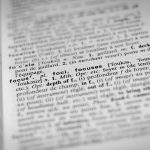During the 17th century, the primary purpose of teaching Latin and Greek was not for spoken communication but rather to educate scholars and create “the illusion of deep knowledge”. It was crucial to emphasize the understanding of grammatical rules, syntactic structures, and the memorization of vocabulary, as well as the translation of literary texts. The curriculum did not include opportunities for oral communication in the studied languages.
Nowadays we refer to this language learning method as the “classical method”.
The study of Greek and Latin texts, as well as grammar, history and poetry, was especially popular during the Renaissance, in the movement known as Humanism. This impacted language learning a lot, as scholars focused on mastering classical languages to access the works of ancient philosophers and writers. In 1512 the Dutch humanist Desiderius Erasmus published his work De Copia, which was used for teaching how to rewrite pre-existing texts.
Late in the nineteenth century, around 1880, the first language learning methodology was formally described and named the “grammar translation method”, which was essentially formalization of the classical method. Studying a foreign language back then was still connected with Latin and Greek, which were not thought of in terms of oral communication. Students concentrated on grammatical rules, syntactic structures, vocabulary memorization, and literary text translation.
The rules of this method can be summarized as follows:
- Understanding the literary language is more important than being able to speak. Therefore, reading and translating are the main tasks. The ultimate goal is to teach students how to read and write.
- The teacher is in the center of the classroom. The teacher provides guidance and corrects all the mistakes.
- Students are focused on grammar rules outside the practical context and application. All the rules must be memorized.








